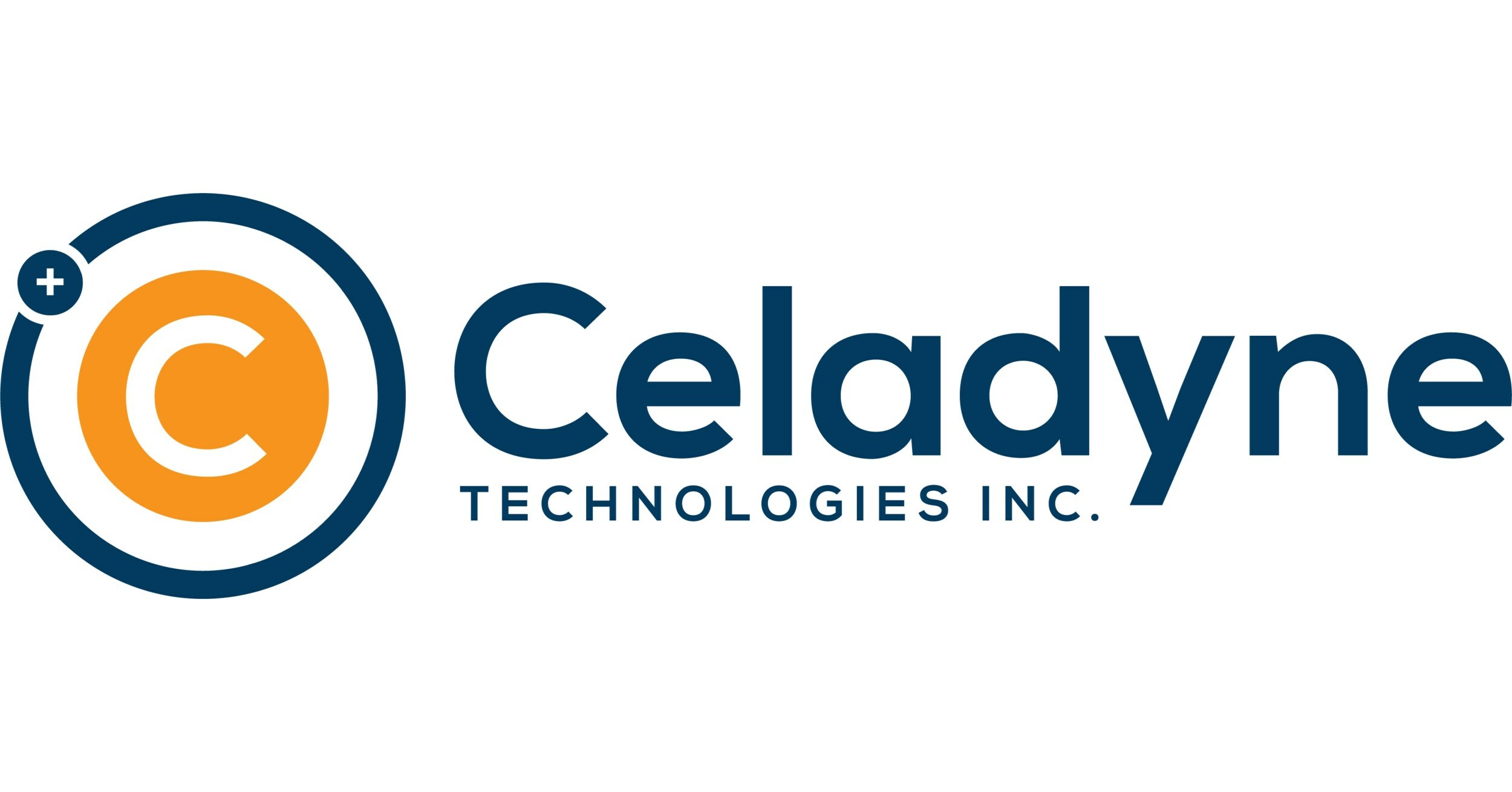Celadyne and U.S. Army Power Up: Phase II of Hydrogen Partnership
Key Ideas
- Celadyne launches Phase II of partnership with U.S. Army, aiming to enhance fuel cell durability, efficiency, and compactness for support vehicle applications.
- The $1.9M expansion contract signifies a transition to the next chapter of the partnership focused on improving operational capabilities for ground vehicles.
- The technology developed by Celadyne aligns with the interests of the U.S. Army, Marine Corps, and Air Force for enhanced operational capacity and flexibility.
- Celadyne's commercialization strategy targets both military and civilian markets, with a focus on proof of concept and eventual widespread adoption in various vehicle types and hydrogen production applications.
Celadyne, a decarbonization and hydrogen solution company, has announced the launch of Phase II of its partnership with the United States Army. The company specializes in developing advanced technologies for converting hydrogen to usable energy through compact fuel cells. This phase builds on the success of Phase I, aiming to integrate advanced membranes into 50 kW fuel cells for support vehicle applications. The $1.9M expansion contract signifies a focus on enhancing fuel cell durability, efficiency, and compactness to meet the operational needs of the U.S. Army, Marine Corps, and Air Force. The CEO highlighted the technology's ability to provide ground vehicles with improved operational capacity and flexibility while utilizing less hydrogen fuel. The Army sees fuel cell research as an emerging technology that could benefit its Warfighters in the future, and Celadyne's commercialization strategy targets both military and civilian markets for widespread adoption. This partnership not only advances technological innovation but also aims to enhance energy efficiency and operational capabilities in various industries.
